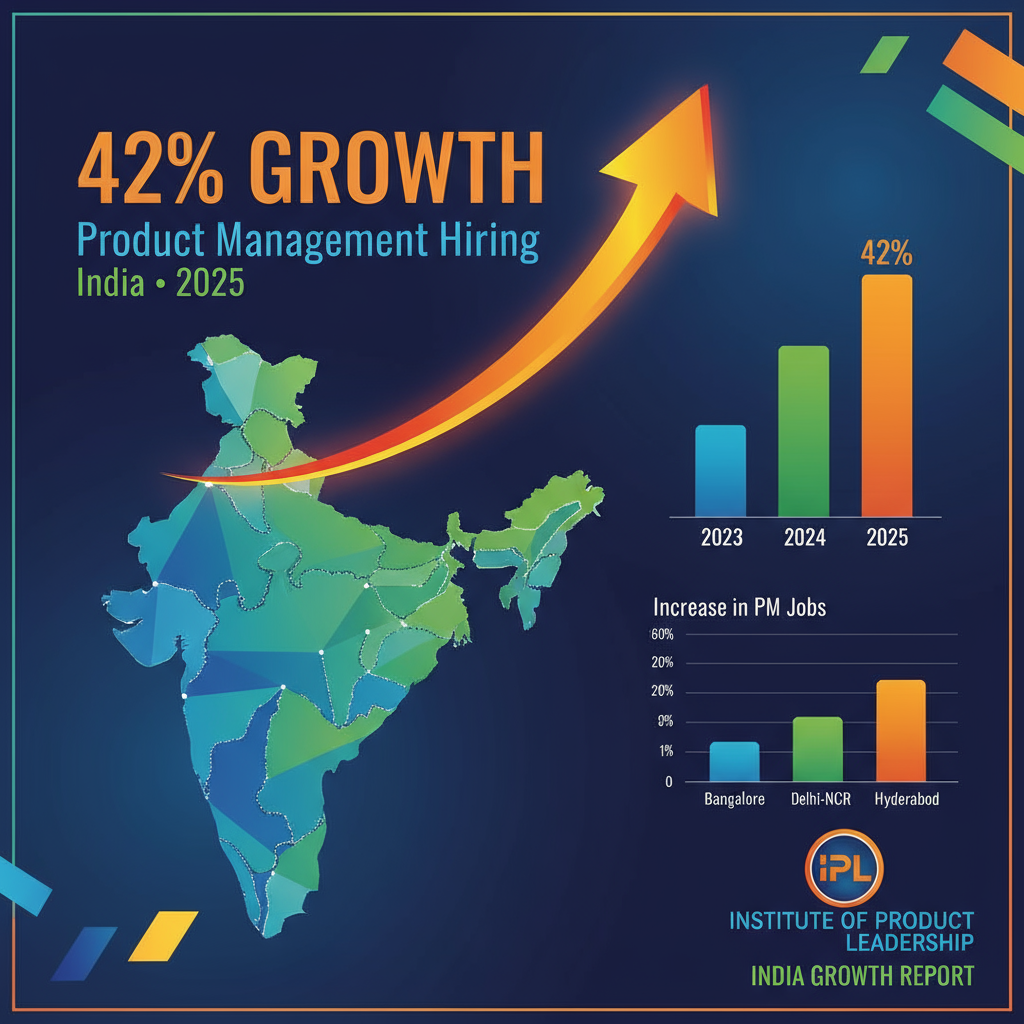The Girl Effect
The Girl Effect
Here are some statistics that should make everyone pause:
● Today, more than 600 million girls live in the developing world.
● Approximately one quarter of girls in developing countries are not in school.
● One girl in seven in developing countries marries before age 15.
●An extra year of primary school boosts girls’ eventual wages by 10 to 20 percent. An extra year of secondary school: 15 to 25 percent.
● When women and girls earn income, they reinvest 90 percent of it into their families, as compared to only 30 to 40 percent for a man
You might ask, what does this have to do with business or technology products. You are right, it doesn’t. My friend, Vinay Dabholkar, shared this as a fascinating case study in communication, a great example of how to communicate bare data points in the form of a great story to make an emotional connection. Technology product literature, and most presentations, are chock full of specifications and data that explain the capabilities of the products. We talk about Gigabytes and bit rates, millions of instructions per second, and so on and so forth and instinctively expect everyone to understand what that means.
The data about girls in developing countries does make us pause. It is meaningful and presents a problem, but just merely stating in bullets doesn’t even begin to give you a sense of the magnitude of the problem. In fact it has the opposite effect of making us overwhelmed, not knowing where to start to even look for a solution. The conclusion is pretty obvious: Educating girls is the key to improving the quality of life in developing countries. But how do you communicate this so that it has the desired impact, that it motivates the desired action, that of ensuring girls receive their right to education, and not get married before age 15.
See the video below from The The Girl Effect.
It is brilliant at hitting home the point. No statistics, no graphs or charts, just a powerful story, and conveyed unconventionally.
Notice what they did? They made it tangible. Here is what one girl can do if she just got a chance. “Invest in a girl and she will do the rest” – what a powerful tagline. Now imagine this multiplied by 600 million girls in the developing world. Now you get the bigger picture. The key to progress in developing countries is not the Internet, it is not science, and it is not government. The solution is unexpected, and it is right in front of us, if we only recognized it. All of a sudden it seems like a problem that can be fixed.
The message peaks our curiosity to keep us engaged right through to the end. Most importantly it manages to shrink the change that is needed so that it does not appear as a daunting problem compounded by big numbers. The problem now feels like it is solvable.
If you come across any examples of brilliant and high-impact communication, like The Girl Effect, do send my way.
● Today, more than 600 million girls live in the developing world.
● Approximately one quarter of girls in developing countries are not in school.
● One girl in seven in developing countries marries before age 15.
●An extra year of primary school boosts girls’ eventual wages by 10 to 20 percent. An extra year of secondary school: 15 to 25 percent.
● When women and girls earn income, they reinvest 90 percent of it into their families, as compared to only 30 to 40 percent for a man
You might ask, what does this have to do with business or technology products. You are right, it doesn’t. My friend, Vinay Dabholkar, shared this as a fascinating case study in communication, a great example of how to communicate bare data points in the form of a great story to make an emotional connection. Technology product literature, and most presentations, are chock full of specifications and data that explain the capabilities of the products. We talk about Gigabytes and bit rates, millions of instructions per second, and so on and so forth and instinctively expect everyone to understand what that means.
The data about girls in developing countries does make us pause. It is meaningful and presents a problem, but just merely stating in bullets doesn’t even begin to give you a sense of the magnitude of the problem. In fact it has the opposite effect of making us overwhelmed, not knowing where to start to even look for a solution. The conclusion is pretty obvious: Educating girls is the key to improving the quality of life in developing countries. But how do you communicate this so that it has the desired impact, that it motivates the desired action, that of ensuring girls receive their right to education, and not get married before age 15.
See the video below from The The Girl Effect.
It is brilliant at hitting home the point. No statistics, no graphs or charts, just a powerful story, and conveyed unconventionally.
Notice what they did? They made it tangible. Here is what one girl can do if she just got a chance. “Invest in a girl and she will do the rest” – what a powerful tagline. Now imagine this multiplied by 600 million girls in the developing world. Now you get the bigger picture. The key to progress in developing countries is not the Internet, it is not science, and it is not government. The solution is unexpected, and it is right in front of us, if we only recognized it. All of a sudden it seems like a problem that can be fixed.
The message peaks our curiosity to keep us engaged right through to the end. Most importantly it manages to shrink the change that is needed so that it does not appear as a daunting problem compounded by big numbers. The problem now feels like it is solvable.
If you come across any examples of brilliant and high-impact communication, like The Girl Effect, do send my way.
Facebook
Twitter
LinkedIn
Trending Posts
Tagged blogs




